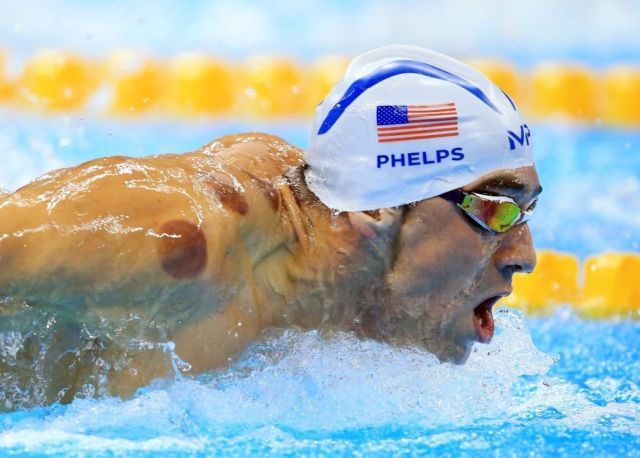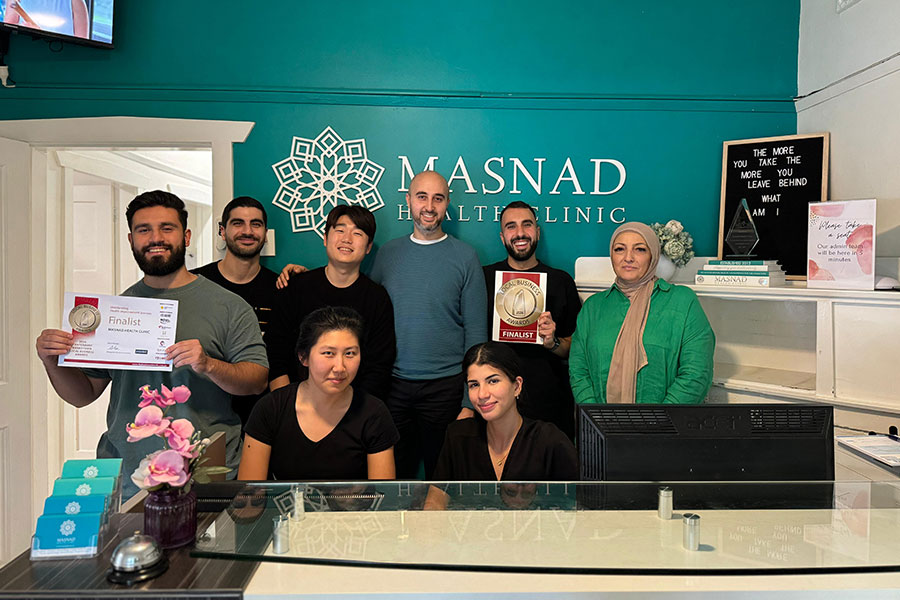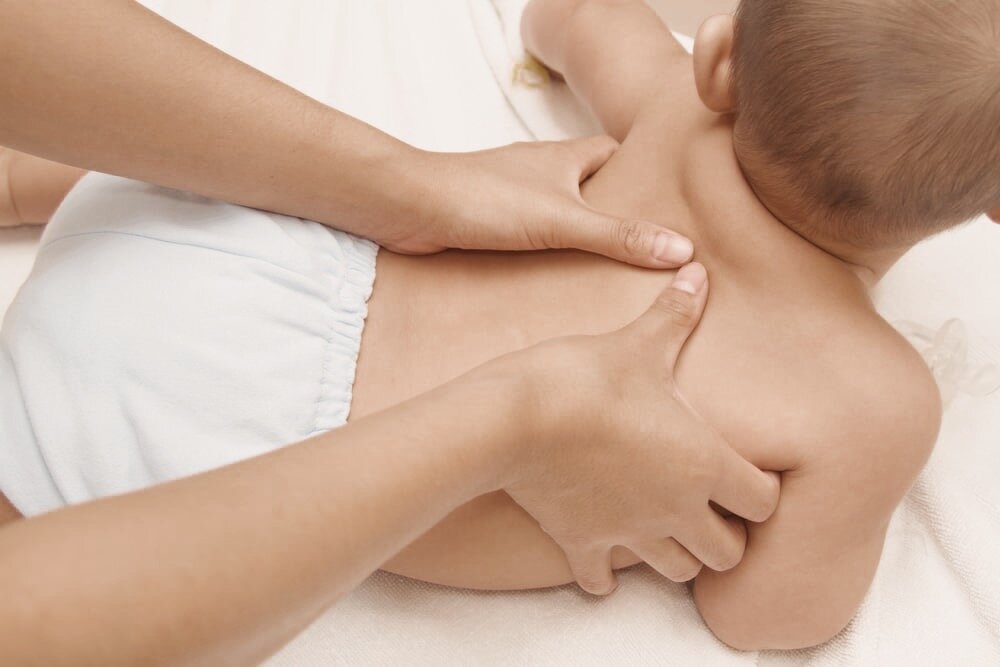The photo below is that of Michael Phelps, an American Olympic-level swimmer who has won 28 Olympic medals. He is seen below with distinct marks on his back/shoulders, typically left from hijama or wet cupping. You might be wondering: why is an elite athlete partaking in a treatment that is centuries old?
Hijama, also known as wet cupping, is a form of alternative medicine practised for centuries in the Middle East, Asia and Africa. It involves applying suction cups to specific points on the body and drawing out a small amount of blood through tiny incisions.
Hijama has various health benefits, especially for athletes who want to improve their performance, recovery and well-being. Let us explore what hijama is, why athletes use it, which sports benefit from it, and what hijama for an athlete involves.

What Is Hijama And How Does It Work?
Hijama derives from the Arabic word “hajm”, which means sucking and expansion. Stagnant blood and toxins accumulate in some body regions, causing pain, inflammation and disease.
By suctioning these areas, the hijama creates a negative pressure that draws out impure blood, fluids, and harmful substances. Thus, hijama stimulates blood circulation, oxygen delivery, immune system function and natural healing processes.
What Are The Different Types of Hijama / Cupping?
Hijama is performed in two primary ways: dry or wet.
- Dry cupping involves only applying suction cups to the skin without making any incisions.
- Wet cupping involves making small cuts on the skin after applying the cups. Thus, more blood is extracted.
- Wet cupping is more effective and beneficial than dry cupping, as it removes more toxins and waste products from the body.

Why Are Athletes Using Hijama For High-level Performance?
Athletes are always looking for ways to enhance their physical and mental abilities and prevent and treat injuries. Hijama offers a natural and holistic solution to help athletes achieve their goals and overcome challenges. Some of the benefits of hijama for athletes are:
- Pain relief: Hijama can reduce pain associated with muscle soreness, spasms, cramps, strains, sprains, arthritis, headaches and menstrual cramps. It can also relieve the nerve pain caused by conditions such as sciatica, shingles and facial paralysis.
- Recovery: Hijama can speed up recovery after intense exercise or injury by increasing blood flow, reducing inflammation and swelling, and promoting tissue repair and regeneration.
- Performance: Hijama can improve performance by enhancing aerobic capacity, endurance, strength, power, flexibility and coordination. It can also boost energy levels, mood, concentration and motivation.
- Well-being: Hijama can improve well-being by balancing hormones, improving sleep quality, reducing stress and anxiety, and strengthening immunity.

Which Sports Benefit From Hijama?
Hijama can benefit athletes from any sport that involves physical exertion, skill or competition. However, some sports may benefit more than others, depending on the specific demands and challenges they pose. Some examples of sports that can help from hijama are:
- Swimming: Swimming requires high aerobic fitness, muscular strength and endurance, flexibility and coordination. Hijama can help swimmers improve their breathing capacity, lung function, cardiovascular health and muscle recovery. It can also prevent or treat common swimming injuries such as shoulder impingement, rotator cuff tears and lower back pain.
- Boxing: Boxing requires a high level of anaerobic fitness, power output, speed and agility, mental toughness and resilience. Hijama can help boxers improve their oxygen delivery, remove lactic acid, muscle contraction, and relax. It can also prevent or treat common boxing injuries such as cuts, bruises, fractures and concussions.
- Football: Football requires high physical fitness, skill and teamwork. It also exposes players to an increased risk of injury due to contact with other players or the ground. Hijama can help footballers improve their stamina, muscle recovery and joint health. It can also prevent or treat common football injuries such as sprains, strains, ligament tears and bone fractures.

When Should Athletes Do Hijama / Wet Cupping?
Hijama / wet cupping is recommended for athletes during a rest and recovery period, such as after a few weeks of training or in the days after a game/match. This boosts muscle and overall body recovery,
What Does Hijama For Athletes Involve?
Hijama for an athlete involves a consultation with a qualified hijama practitioner who will assess the athlete’s health history, goals and needs. The practitioner will then determine the best locations to apply the cups according to the athlete’s condition and sport. The practitioner will also advise the athlete on preparing for the session, including having a glass of water and a small meal 2-3 hours before the session.
How Many Hijama Cups Are Applied?
The number of cups the practitioner applies depends on the patient’s specific condition/symptoms and the area of application on the body. For the back/shoulders, the average number of cups applied is 11-13, whilst for the posterior legs / lower back, it can be from 9-11 cups.
Our Sydney Bankstown Hijama Wet Cupping therapists are skilled and experienced in treating athletes of all skill levels for optimum performance. Feel free to Book Online anytime or call us on (02) 9793 8840 today!




